Body piercing is more than just inserting jewelry into the skin. It's a cultural practice with a rich history tracing thousands of years. From ancient Persia to modern subcultures, piercings hold diverse meanings and continue to gain significance.
To do body piercing at home, scrub your hands well with an antibacterial soap and dry them with a clean towel. After your hands are clean, you must clean the area you are piercing. Rub alcohol into sterile gauze and cleanse the skin. Alcohol wipes also work for this. To avoid damaging the piercing site, don't touch it again after you've cleaned the area.
In this blog post, we will explore the step-by-step procedure for body piercing at home. We will also provide the associated risk and recovery for perfect healing.
How To Do Body Piercing At Home: 4 Steps
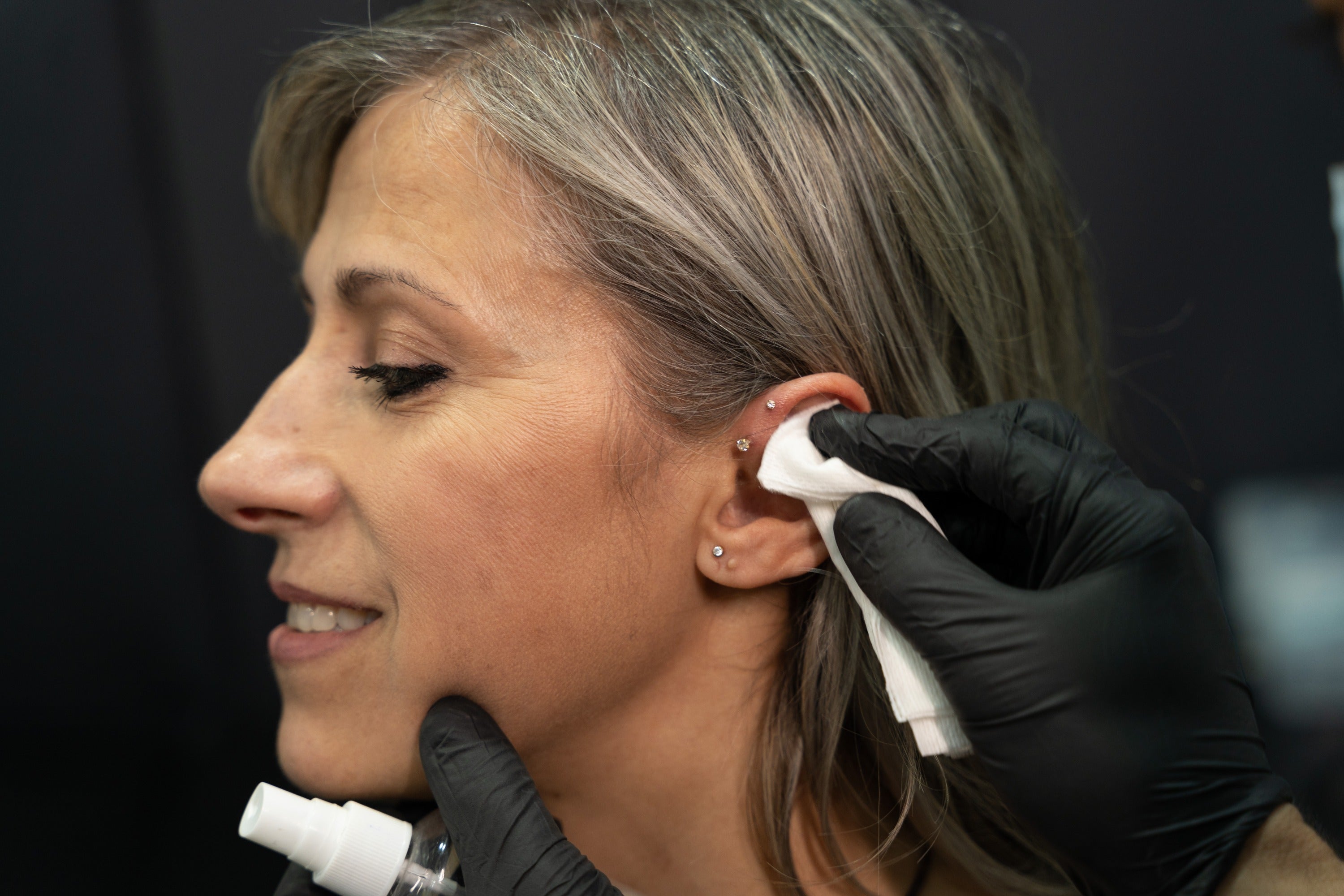
Body piercing is a bold form of self-expression, allowing individuals to convey their personalities and stories through beautiful jewelry. Some people may consider piercing at home for economic reasons or a passion for crafting.
This practice must be approached with caution and prioritize safety. This guide provides essential information for DIY enthusiasts, ensuring a safe and respectful experience when conducting a body piercing at home.
Prioritizing Cleanliness
The first step in the body piercing journey begins with an unwavering commitment to cleanliness. Sanitation is the cornerstone of any piercing procedure, helping to prevent infection and promote a successful healing process.

Sanitize Hands and the Area
Carefully wash your hands with antibacterial soap for at least 20 seconds. Scrub under your nails and around your wrists. Sanitize the area where you plan to perform the piercing using isopropyl alcohol or a similar antiseptic solution.
Use Sterilized Gloves for Hygiene
Consider investing in a box of sterile gloves. Not only do gloves help prevent the spread of bacteria and infection, but they also provide a secure grip on piercing tools. Prioritizing safety and hygiene has always been challenging.
Selecting Your Jewelry
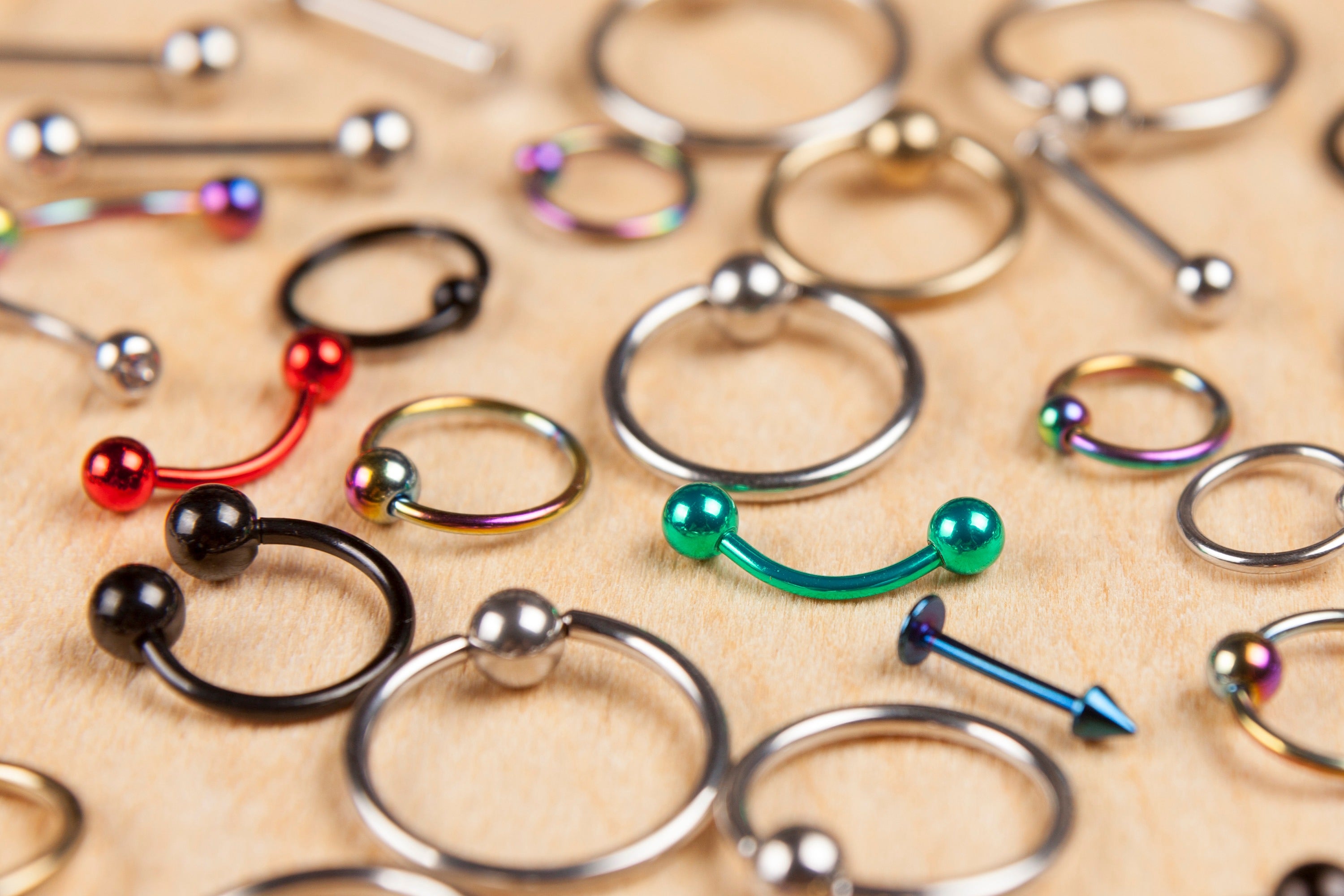
The jewelry selection serves as the signature of your piercing, highlighting your individuality and influencing the longevity of the piercing's health.
Opt for High-Quality Materials
High-quality metals such as surgical steel, titanium, and gold are ideal for piercings, as they cause fewer allergic reactions and infections. Steer clear of low-quality, nickel-containing metals.
Consider Size and Style According to Your Preference
Whether you favor a discreet stud or an attention-grabbing hoop, ensure that your jewelry fits the proportions of your piercing to minimize movement and irritation.
Mark the Spot Clearly
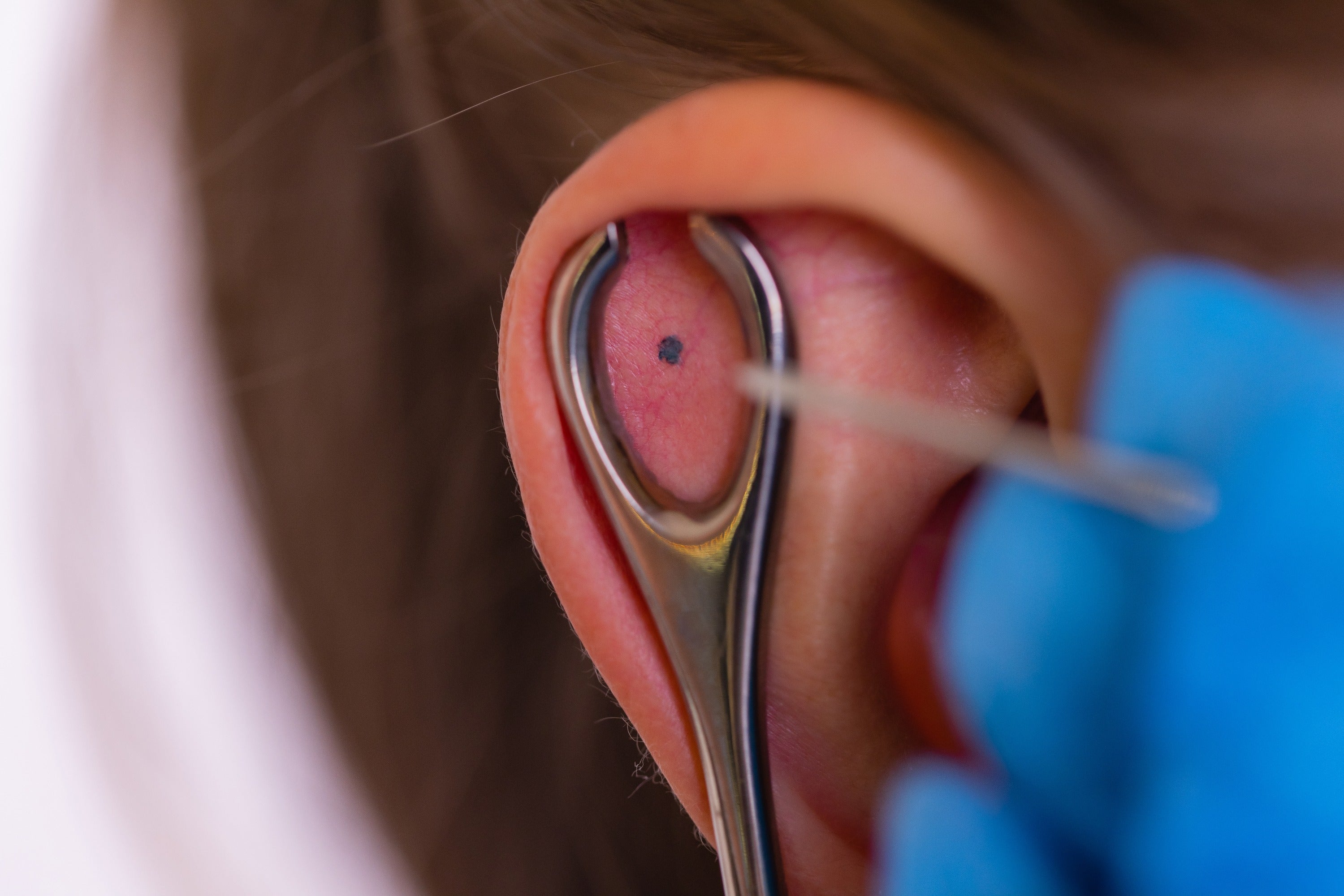
Before any needle comes near your skin, the most crucial step is marking where you want the piercing. Use a sterile skin marker that lasts through the cleaning process, ensuring your lines remain visible until the point of piercing.
Choose Your Spot Wisely
Select the placement of your piercing carefully, considering the anatomy of the area and any potential interactions with existing piercings or body art. A perfect fit and proper balance are vital to ensuring the aesthetic appeal of your piercing.
The Role of the Skin Marker
The skin marker is your guiding light. It must create an unmistakable and precise target for your needle. Remember, hiding once you make a mark is almost impossible, so be confident in your placement.
Practices for Marking
Lay the foundation with a dot or a line, depending on the size and shape of the jewelry you plan to wear. Use multiple mirrors or find a helper to ensure your marks are level and centered from all angles.
Use a Sterilized Piercing Needle
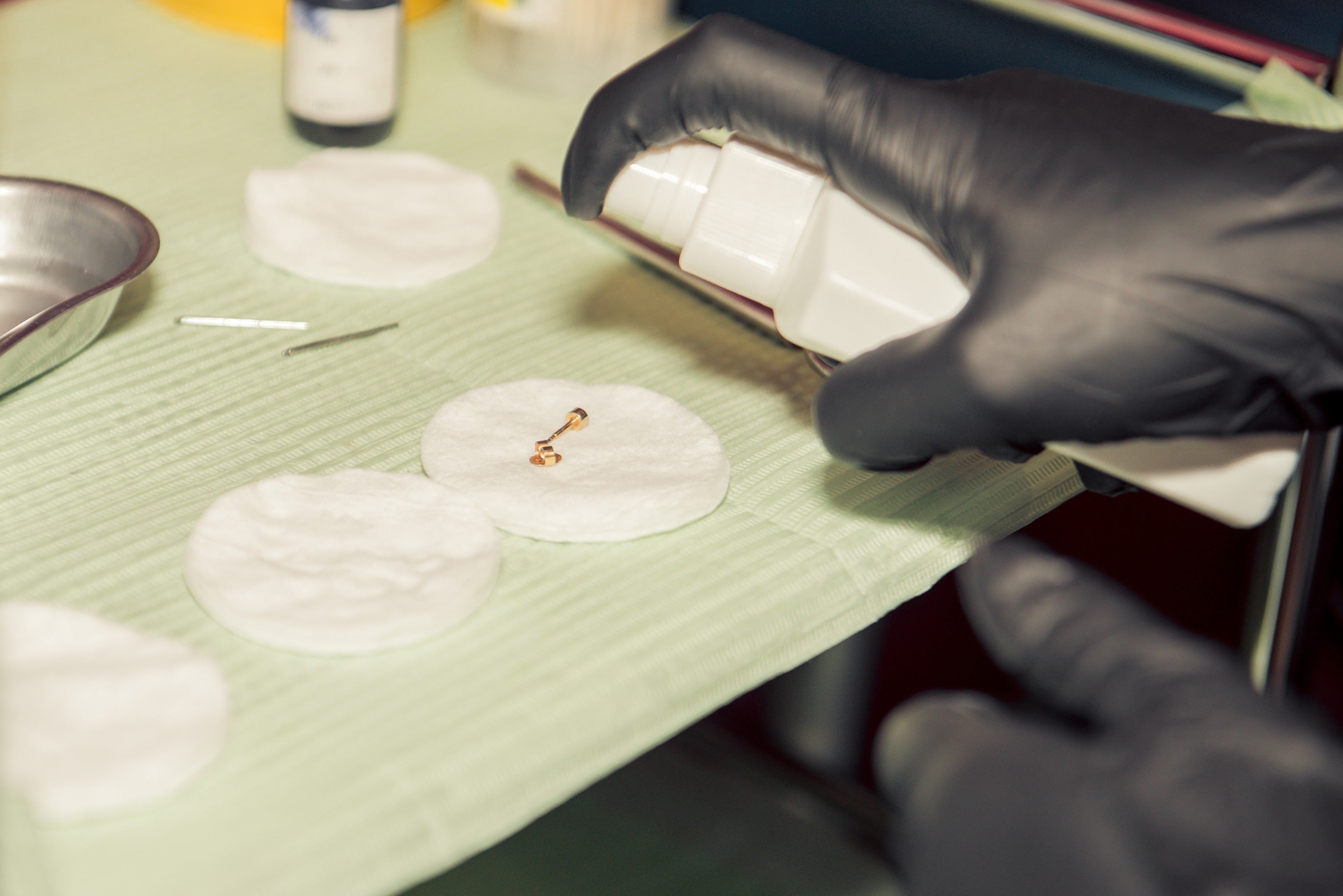
The puncture is the most delicate part of the process and the stage where caution is needed. A sterilized piercing needle is non-negotiable and should be used precisely to minimize trauma to surrounding tissues.
Buying the Right Instrument
It’s imperative to get professional-grade needles and jewelry. These needles are sharper and made of a higher grade of surgical steel, reducing tissue damage and the risk of infection.
Technique Matters
Once you've cleaned the area, use a single, swift motion to insert the needle at the marked spot. Do not hesitate or reposition the hand once it penetrates the skin. It’s also essential to have a cork or other barrier between your skin and the needle to prevent accidental slips and pokes.
The Finishing Touch
Follow through with swiftly affixing the jewelry to avoid unnecessary environmental exposure. Your aftercare routine starts immediately, so cleanse the area according to your plan.

Body Piercing At Home: 3 Aftercare and Healing
The maintenance of a new piercing is an ongoing process post-procedure. Dedicate yourself to the aftercare routine with discipline and patience.
The First Few Weeks
The initial healing period is the most critical. Clean the area at least twice daily with a saline solution, avoiding harsh chemicals that can damage the skin. Do not twist or move the jewelry, as this can introduce bacteria. Stick with the aftercare routine piercing professionals recommend for the specific area you have pierced.
Recognizing Infection and Complications
Be reflective about how the piercing feels. Some discomfort and swelling are normal, but severe pain, pus, excessive bleeding, or red streaks around the area could show infection and require medical attention. Complications like migration and rejection are also possible, particularly with certain types of jewelry and body locations.
When (Not) to Remove the Jewelry
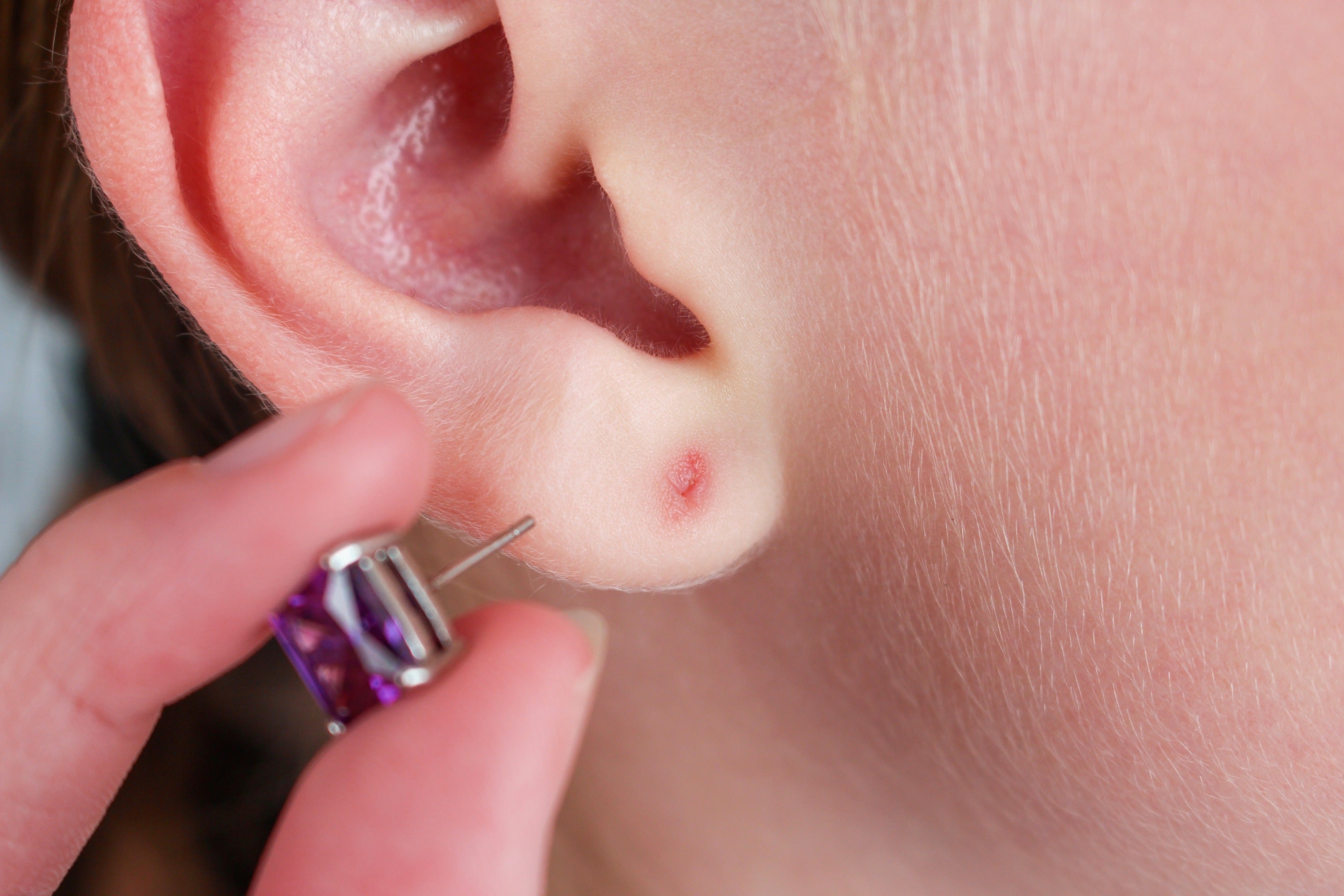
You should only remove the jewelry for a substantial period once the piercing has fully healed, which can take several months. Once the area is healed, replacing jewelry too frequently can cause unnecessary trauma, making you more susceptible to infections and complications.
Home Body Piercing: Dos and Don'ts
Aftercare is crucial for successful healing following a body piercing. Here are some important dos and don'ts to remember as you navigate the healing process.
Do's
- Cleanse the piercing gently with saline solution or a mild, fragrance-free soap.
- Keep the piercing area dry and avoid submerging it in water, especially in bodies with higher bacterial content.
- Be mindful of indications of infection, such as excessive redness, swelling, or discharge, and promptly seek medical help if needed.
Don'ts
- Avoid touching the piercing with unwashed hands.
- Resist the temptation to change the jewelry prematurely.
- Refrain from exposing the piercing to excessive sun, sweat, or beauty products.
Self-Body Piercing At Home: Understanding The Risks
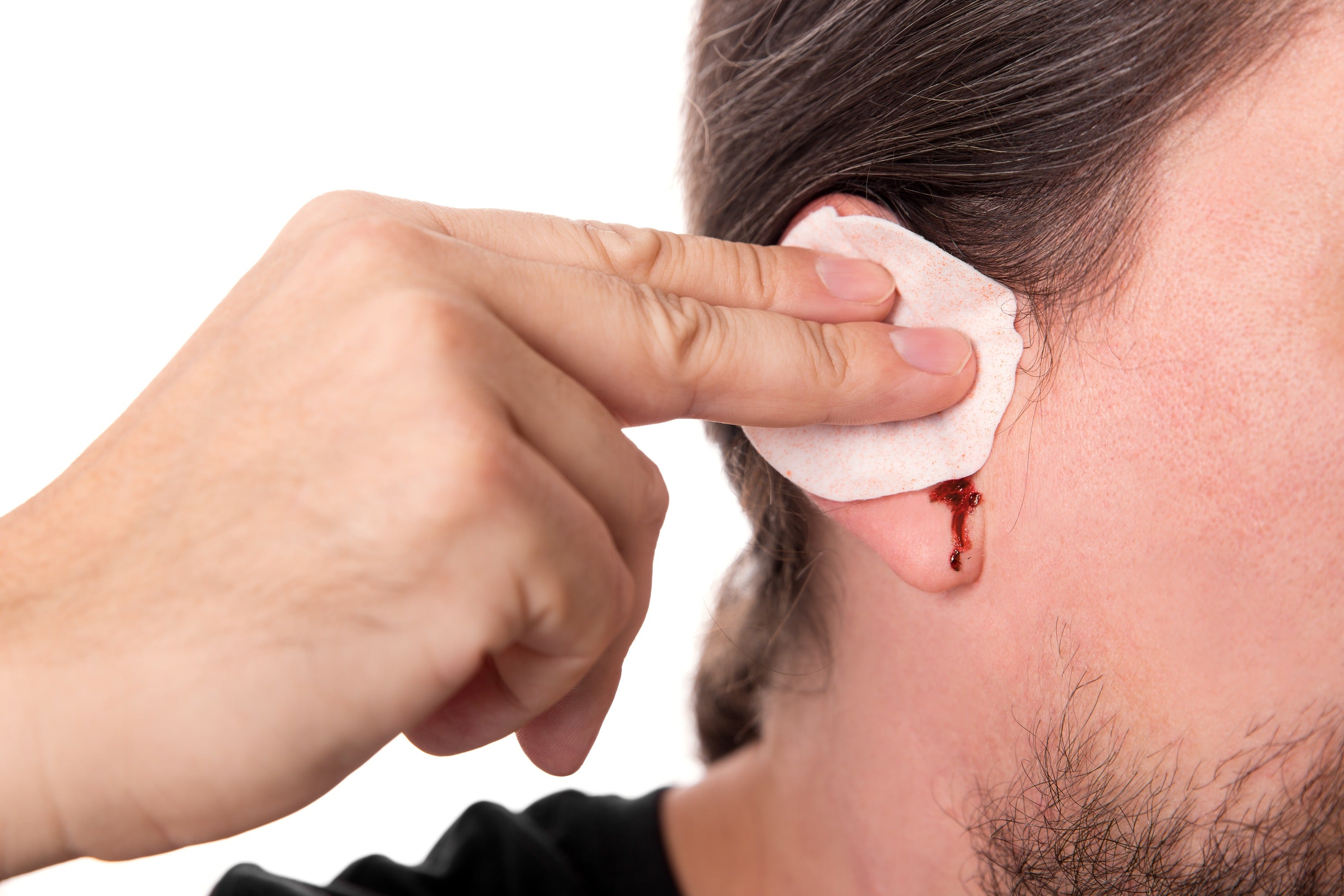
For body piercing, whether getting a new ear piercing or trying out a more adventurous one, be cautious when considering doing it at home. Taking the time to comprehend these potential dangers fully and understanding the importance of making an informed choice can help ensure a safer and more successful piercing experience.
Risks of Infection
Self-piercing significantly increases the risk of infection because of improper sterilization and sanitization procedures. Without the expertise of a professional piercer, individuals may accidentally introduce harmful bacteria, leading to painful and potentially serious infections. It's essential to recognize the importance of sterile environments and proper aftercare to minimize the risk of infection.
Potential Scarring and Damage
Improper piercing techniques can cause scarring, tissue damage, and long-term complications. Without the knowledge of anatomy and piercing methods, individuals may inadvertently cause harm to the skin and underlying tissues.
Using incorrect jewelry or inappropriate piercing tools can lead to unnecessary trauma and scarring. It's critical to acknowledge the potential for permanent damage when considering self-piercing.

Consultation with Professional Piercer
Before embarking on a self-piercing endeavor, consultation with a professional piercer is highly advisable. An experienced piercer can provide valuable insights, assess the suitability of the intended piercing, and offer guidance on proper aftercare.
Individuals can benefit from their expertise regarding the feasibility and safety of their desired piercing, ultimately minimizing the associated risks.
Conclusion
Piercing your body at home can be a transformative experience. With caution and respect for your body's healing process, it can yield beautiful and symbolic results. Remember to prioritize safety and education.
Professional body piercers have honed their craft and can guide you with their knowledge and skill. Your health is precious, especially when exploring body modification. With this guide, venture into homebody piercing with wisdom and respect for the art and yourself.

![Body Piercing At Home: 4 Procedures and 3 Aftercare [DIY]](http://drnumb.com/cdn/shop/articles/How_To_Do_Body_Piercing_At_Home.jpg?v=1709036871&width=1100)












![The Recovery Time and Stages of Nipple Piercings [Best Practices]](http://drnumb.com/cdn/shop/articles/How_Long_Do_Nipple_Piercings_Take_To_Heal__3_Stages_Explained.jpg?v=1714373243)

